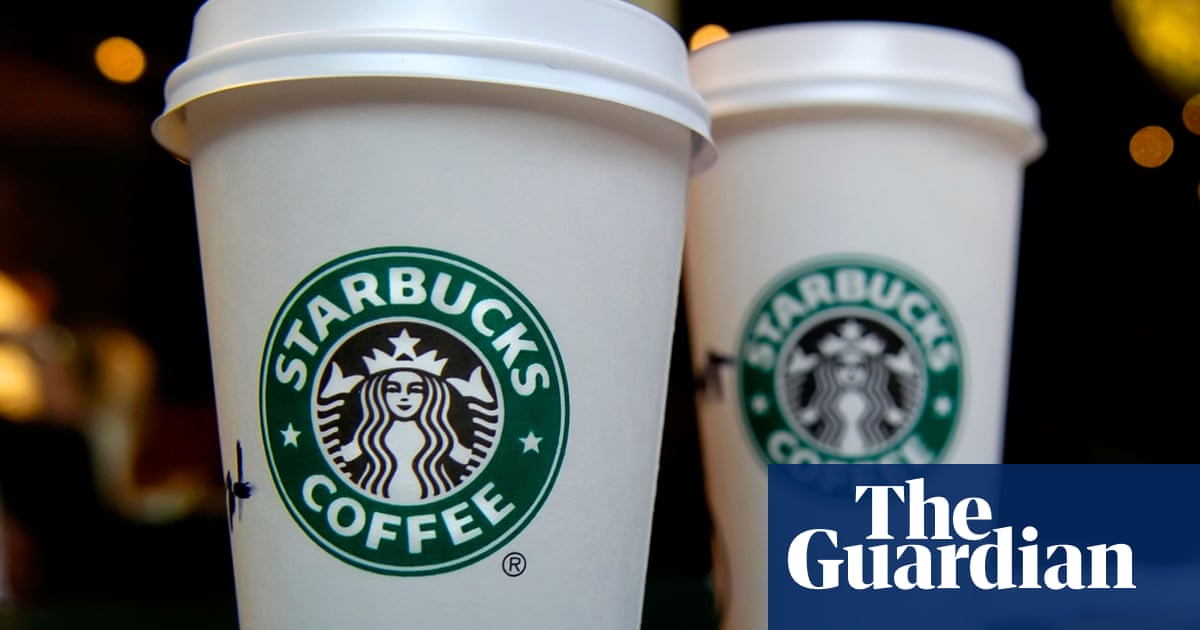Starbucks is planning to hire more baristas, get them to work more hours at its coffee shops and roll back its embrace of automation, as the company’s new leadership battles to turn the chain around.
Brian Niccol, who joinedStarbucksas chief executive last September, has vowed to “fundamentally change” the company’s strategy in order to win back customers.
In a call with investors on Wednesday, he acknowledged that reducing the number of staff members in outlets had backfired.
“Over the last couple of years, we’ve actually been removing labour from the stores, I think with the hope that equipment could offset the removal of the labour,” Niccol said. “What we’re finding is that wasn’t an accurate assumption with what played out.”
The company had been trialling increasing staff numbers in a handful of its stores around the time Niccol joined the company in summer 2024, whenhe was poached from the Chipotle Mexican Grill chain, amid a surprise management shake-up. He has since expanded that pilot to about 3,000 of its 36,000 coffee shops worldwide.
Niccol told investors: “Equipment doesn’t solve the customer experience that we need to provide, but rather staffing the stores and deploying with this technology behind it does.”
The company will also scale back the rollout of itssiren craft system– technology designed to help employees streamline the drinks-making process.
Niccol’s arrival at Starbucks was one of the largest executive deals in US corporate history, putting him in line for a sign-on pay package worth up to $113m (£88m), four times larger than that of his predecessor.
The fourth boss of Starbucks in less than three years, Niccol has alreadypledged to shake up its “overly complex menu”and change its pricing strategy.
Customers have been turning their backs on Starbucks, where some drinks can cost more than £6, as they rein in their spending. At the same time, the company has faced rising costs.
Niccol told investors the chain was looking at ways to bake fresh and assemble some items at scale in stores, after trials of freshly baked products in the UK.
Sign up toBusiness Today
Get set for the working day – we'll point you to all the business news and analysis you need every morning
after newsletter promotion
He said that other changes, including “handwritten notes on cups”, the use of ceramic cups, and “the return of great seats” had led to more customers choosing “to sit and stay in our cafes, demonstrating that small details and hospitality drive satisfaction”.
However, Niccol’s turnaround plans appear to have had limited success on Starbucks’ bottom line.
His announcements came as the company reported worse-than-expected results for the first three months of the year, with a 1% fall in global sales – the fifth consecutive quarterly decline.
Niccol called the results “disappointing”, but added that despite weakness in the US, which is its biggest market, sales rose over the period in China and Canada.
